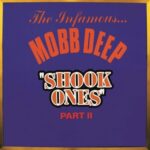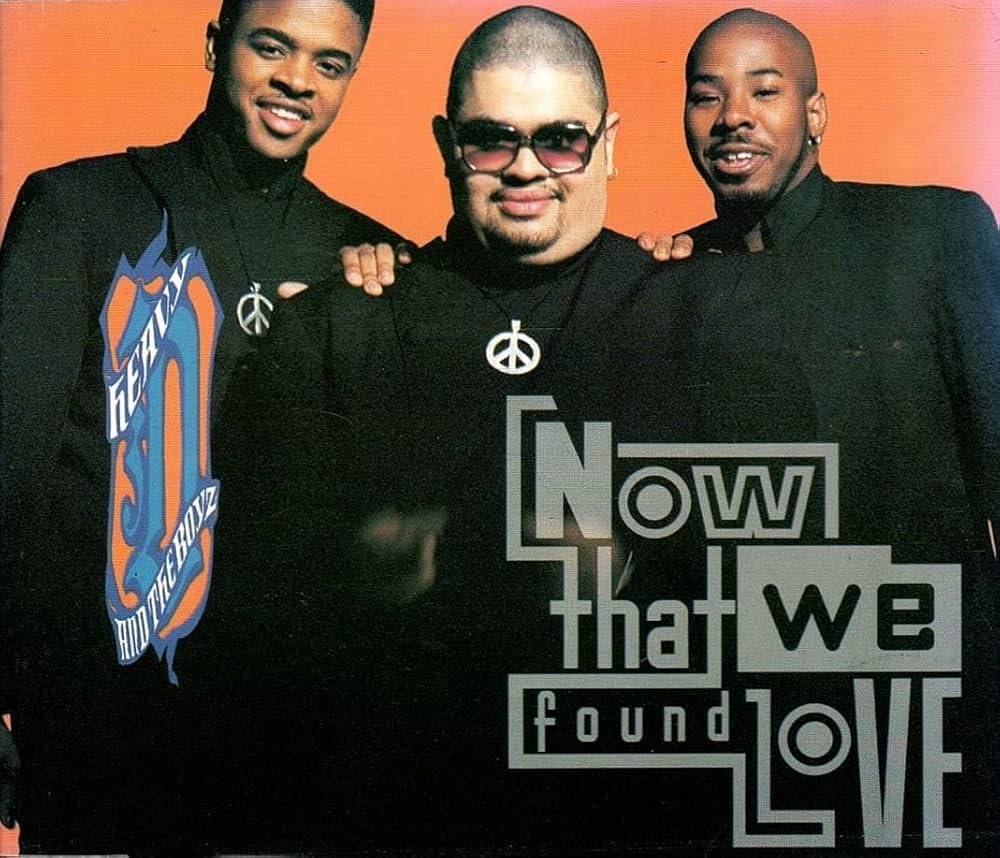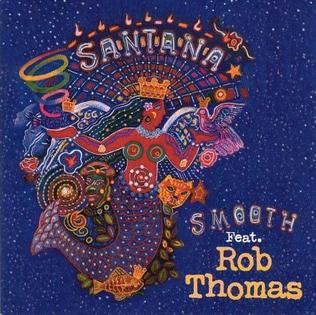 Mobb Deep’s “Shook Ones (Pt. II),” released in 1995 on their seminal album The Infamous, is widely regarded as one of the most influential tracks in East Coast hip-hop and a definitive statement of hardcore rap from the 1990s. The song is a harrowing portrait of life in Queensbridge, New York, where Havoc and Prodigy, the duo that formed Mobb Deep, grew up. With its ominous piano loop, sparse yet menacing beat, and razor-sharp lyricism, “Shook Ones (Pt. II)” captures the tension, danger, and psychological landscape of urban street life, simultaneously embodying the fears and the bravado that define survival in such an environment. More than just a rap song, it is a cultural document, a musical expression of authenticity and street credibility that has influenced countless artists and shaped the narrative of hardcore hip-hop.
Mobb Deep’s “Shook Ones (Pt. II),” released in 1995 on their seminal album The Infamous, is widely regarded as one of the most influential tracks in East Coast hip-hop and a definitive statement of hardcore rap from the 1990s. The song is a harrowing portrait of life in Queensbridge, New York, where Havoc and Prodigy, the duo that formed Mobb Deep, grew up. With its ominous piano loop, sparse yet menacing beat, and razor-sharp lyricism, “Shook Ones (Pt. II)” captures the tension, danger, and psychological landscape of urban street life, simultaneously embodying the fears and the bravado that define survival in such an environment. More than just a rap song, it is a cultural document, a musical expression of authenticity and street credibility that has influenced countless artists and shaped the narrative of hardcore hip-hop.
The production on “Shook Ones (Pt. II)” is immediately arresting. Havoc, who produced the track, crafted a beat that is minimal yet densely atmospheric, layering a dark piano riff with subtle horn stabs, skittering hi-hats, and a deep, resonant bassline. The piano melody is deceptively simple, repeating in a loop that creates a sense of inescapable tension, reflecting the cyclical pressures and dangers of street life. The horn samples add a cinematic quality, giving the beat an almost menacing theatricality, while the drums, precise and sparse, propel the track forward with relentless determination. This production style, characterized by its dark mood, minimalist arrangement, and meticulous attention to rhythmic detail, establishes a sonic canvas that allows Prodigy and Havoc’s vocals to command full attention, creating a perfect marriage between beat and lyric.
Lyrically, “Shook Ones (Pt. II)” is both a warning and a proclamation. The song’s narrative is a direct confrontation with impostors and those who pretend to be tough—hence the term “shook ones,” referring to individuals who are scared or lack the courage to survive in the streets. Prodigy and Havoc deliver verses that are both menacing and measured, using precise rhyme schemes and vivid imagery to convey the dangers of street life and the consequences of deceit or weakness. Lines like “You’re only a shooter with a few shots, I’m fully strapped, ready to blast” exemplify the tension between perceived toughness and real-world readiness, highlighting the psychological intensity and constant threat present in their environment. The lyrics are delivered with clarity and conviction, emphasizing authenticity and experience, which is central to the song’s enduring reputation.
The song’s thematic focus on authenticity is one of its most compelling aspects. In an era when street credibility was a central currency in hip-hop, “Shook Ones (Pt. II)” functions as a manifesto, differentiating those who are genuinely hardened by experience from those who project false bravado. The lyrical content is not mere posturing; it is grounded in the lived realities of Queensbridge, conveying the harsh lessons learned through observation, survival, and personal experience. Prodigy’s vocal delivery, calm yet menacing, amplifies this sense of lived truth, as if each line is drawn from direct observation rather than fiction. Havoc’s contribution, both as a producer and as a rapper, complements this authenticity, reinforcing the track’s themes with precision and understated menace.
One of the most remarkable aspects of “Shook Ones (Pt. II)” is its ability to blend complexity with accessibility. The rhyme schemes, internal rhymes, and multi-syllabic wordplay demonstrate technical proficiency, while the narrative clarity ensures that the song is immediately understandable and relatable to listeners. This balance allows the track to function on multiple levels: as a hardcore rap anthem for those familiar with the streets, as a story-driven piece for hip-hop enthusiasts, and as a culturally significant work that offers insight into a specific urban experience. The song’s accessibility, combined with its technical sophistication, is part of what has made it a timeless classic.
The interplay between the beat and the vocals is central to the song’s impact. The sparse instrumentation leaves space for Prodigy and Havoc’s words to resonate, while the ominous piano loop creates a sense of tension that mirrors the lyrical content. The repetition of the musical motif reinforces the song’s themes, giving a sense of unrelenting pressure and psychological intensity. Each vocal entry feels like a direct response to the beat, creating a dynamic interplay that enhances both narrative and emotional impact. The result is a track that feels alive, tense, and immersive, drawing listeners into the world of the artists and the streets they depict.
Prodigy’s opening verse sets the tone for the track, immediately establishing both menace and credibility. His flow is deliberate, emphasizing key words and phrases to maximize impact. The lyrics mix narrative detail with universal themes of survival, fear, and confrontation, allowing the listener to engage with the song on both a personal and observational level. Havoc’s verse complements this approach, providing a rhythmic counterpoint and reinforcing the thematic content. The back-and-forth between the two rappers creates a sense of dialogue and confrontation, as if the song itself is a battlefield of words, mirroring the realities of street conflict.
The chorus of “Shook Ones (Pt. II)” is deceptively understated but powerful in effect. The repeated phrase “Shook ones, start your stopwatch” functions as both a literal and metaphorical call to attention, signaling the need for vigilance, readiness, and awareness. The phrasing is simple yet impactful, easy to remember and chant, and it encapsulates the central tension of the song: the constant monitoring of threats, the calculation of risk, and the inevitability of confrontation. This minimalistic approach to the chorus enhances the track’s overall intensity, allowing the narrative verses to remain at the forefront while providing a unifying and memorable refrain.
The song’s impact extends beyond its musical and lyrical qualities. “Shook Ones (Pt. II)” became a cultural touchstone for East Coast hip-hop, influencing countless artists in the years that followed. Its production style, characterized by dark, sparse beats and menacing piano loops, set a template for hardcore rap and gangsta rap that would be emulated by both peers and future generations. The song’s focus on authenticity, survival, and psychological tension helped define the ethos of New York hip-hop in the mid-1990s, creating a blueprint for what it meant to represent the streets through music without succumbing to glamorization or exaggeration.
The music video for “Shook Ones (Pt. II)” further reinforced its street-level authenticity. Filmed in Queensbridge, the visuals depict the environment that inspired the track, showing urban landscapes, block parties, and the faces of the community that shaped Mobb Deep’s experiences. This visual reinforcement adds another layer of context, providing audiences with a tangible sense of place and the socio-economic realities that underpin the lyrics. The combination of audio and visual storytelling deepens the song’s resonance, emphasizing the lived truth of the artists and the neighborhoods they represent.
The song’s instrumentation, while minimal, is carefully calibrated to maximize tension and impact. Havoc’s production relies on looping motifs, subtle drum patterns, and sparse samples that create space for the vocals while maintaining a sense of unease and anticipation. The repetitive piano loop functions almost like a heartbeat, giving the track a relentless, inescapable pulse that mirrors the psychological stress and constant vigilance of street life. This careful balance between instrumentation and vocal delivery is a hallmark of Mobb Deep’s production style and contributes to the song’s enduring power.
Another critical aspect of “Shook Ones (Pt. II)” is its influence on storytelling within hip-hop. The song demonstrates how rap can convey complex narratives, psychological depth, and socio-cultural commentary within a few minutes of music. Prodigy and Havoc use language economically and precisely, creating vivid imagery and character sketches without excess exposition. This efficiency in storytelling has inspired countless artists to approach rap with a focus on narrative authenticity and lyrical precision, demonstrating the potential for hip-hop to function as both art and social document.
The song’s enduring relevance is also evident in its frequent use in media, from films to video games and sports arenas. Its unmistakable beat, tense atmosphere, and streetwise lyrics make it an ideal accompaniment for scenes that require intensity, danger, or urban realism. Whether in a cinematic context or a cultural reference, “Shook Ones (Pt. II)” immediately communicates a sense of gravity and authenticity, making it one of the most recognizable and powerful hip-hop tracks of its era.
“Shook Ones (Pt. II)” also stands out for its rhythmic complexity. The off-kilter piano riff, syncopated hi-hats, and subtle drum fills create a groove that is both hypnotic and unsettling. This rhythmic interplay mirrors the psychological tension conveyed in the lyrics, as the listener feels both the flow and the menace of the track simultaneously. The balance of groove and menace is a testament to Havoc’s production skills, ensuring that the track remains compelling over repeated listens and across decades.
The legacy of Mobb Deep, and “Shook Ones (Pt. II)” in particular, is inseparable from the history of 1990s East Coast hip-hop. The song embodies the gritty realism, lyrical precision, and production innovation that defined the era, influencing contemporaries like Nas, Jay-Z, and The Notorious B.I.G., as well as later generations of rappers. Its thematic focus on authenticity, survival, and psychological tension remains a reference point for artists exploring similar subjects, ensuring that the song’s impact extends far beyond its original release.
Live performances of “Shook Ones (Pt. II)” further underscore its intensity and importance. Mobb Deep’s delivery in concert emphasizes the menacing energy of the studio recording while allowing for improvisation and audience interaction. The track’s hypnotic beat and taut narrative create a sense of immediacy and urgency that captivates listeners, demonstrating the duo’s ability to translate complex studio production into compelling live performance. These performances reinforce the track’s status as a central work in the Mobb Deep canon and a highlight of 1990s hip-hop history.
Ultimately, “Shook Ones (Pt. II)” succeeds because it balances technical skill, narrative depth, and cultural authenticity. Havoc’s production creates an ominous yet compelling sonic backdrop, while Prodigy’s lyrical delivery captures both the fear and bravado of street life. The song’s structure, from its minimalist verses to its hypnotic chorus, maximizes tension and emotional impact, creating a listening experience that is both visceral and cerebral. Its cultural resonance, influence on subsequent hip-hop, and continued relevance in media contexts underscore its significance as a work of both musical and social importance.
In conclusion, Mobb Deep’s “Shook Ones (Pt. II)” is more than a hip-hop classic; it is a defining moment in the history of East Coast rap, a sonic portrait of Queensbridge, and a testament to the power of authenticity in music. Its memorable piano riff, complex rhythm, razor-sharp lyricism, and psychological intensity combine to create a track that remains both haunting and exhilarating. The song’s influence on production, storytelling, and thematic content in hip-hop is profound, inspiring countless artists and shaping the sound of 1990s rap. Decades after its release, “Shook Ones (Pt. II)” endures as a masterclass in urban realism, lyrical precision, and musical innovation, securing Mobb Deep’s legacy as pioneers of hardcore hip-hop and ensuring that this track remains one of the most respected and celebrated songs in the genre. Its enduring power lies in its ability to convey the harsh realities of street life with artistry, intelligence, and unflinching honesty, making it a track that continues to resonate with listeners around the world.


